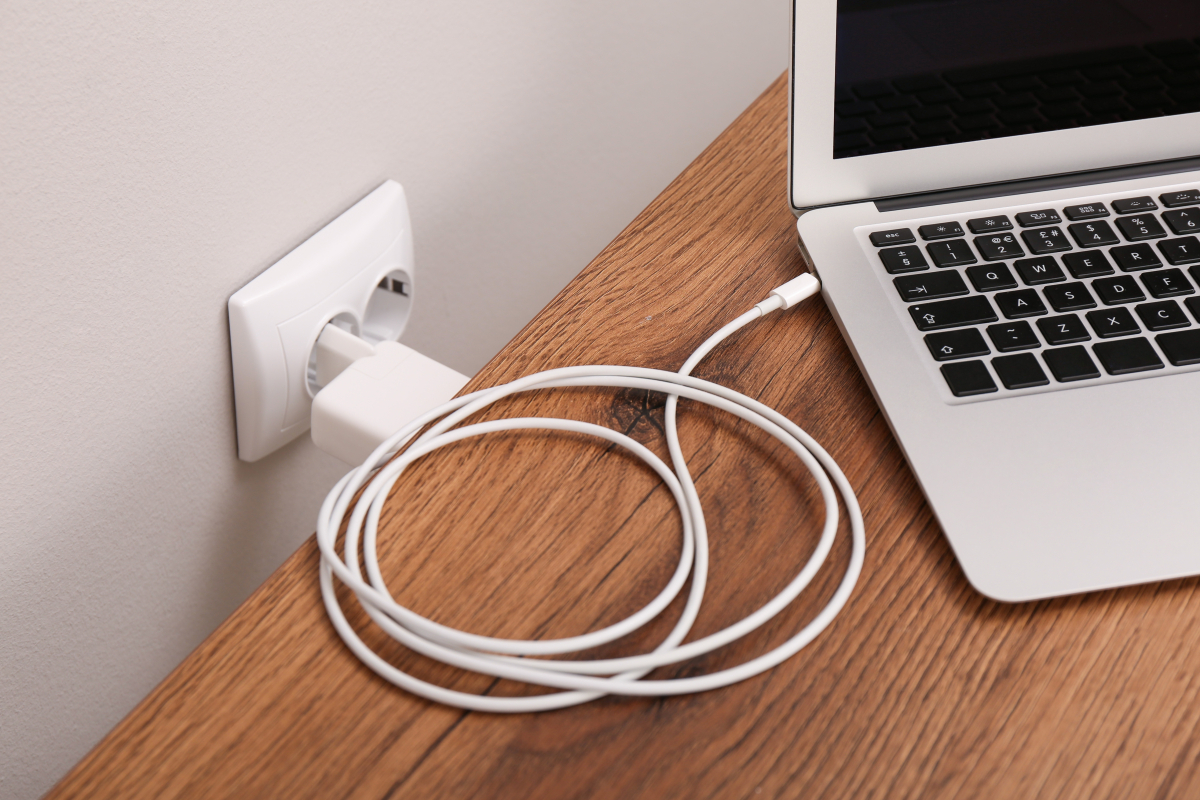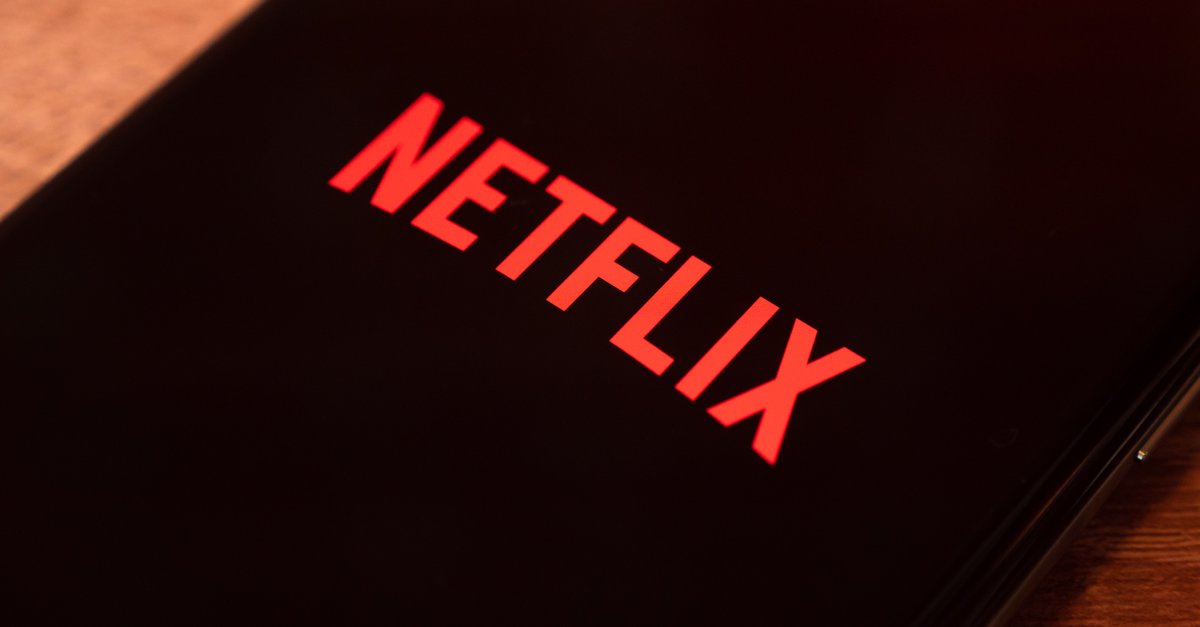Popular strategy at Apple: What actually is Sherlocking?
When Apple presents a wide variety of innovations in the hardware and software sectors at its annual developer conference WWDC, one question is inevitable in the tech community: Which features has the company “sherlocked” this time?
Apple connoisseurs speak of sherlocking when the company releases a new feature that is remarkably similar to an existing third-party app. Sooner or later this will be made superfluous by the feature takeover for Apple users.
Editor’s Recommendations
But where does the name Sherlocking come from? The expression was created in 2002. At that time, Apple’s desktop search was called “Sherlock” and was given new functions in the course of an update. They were strongly reminiscent of the features of the third-party application “Watson” that was already on the market – it almost seemed as if Apple had copied most of them.
Because Watson was not the only app whose concept was eventually adopted by Apple as an in-house feature, the term “Sherlocking” has become established. Apple itself, meanwhile, insists that it respects the intellectual property of other companies and repeatedly rejects allegations of copying.
One company that has been raising Sherlocking allegations against Apple for some time is the medical technology provider Masimo. Apple was initially very interested in the technologies Masimo was developing for measuring blood oxygen levels, founder Joe Kiani told the company Wall Street Journal — and then poached numerous Masimo employees. These were in turn used for the development of an Apple Watch with an oxygen tracking function and should – so the accusation of Kiani – brought in valuable insider knowledge from their previous employer.
The Masimo founder describes the donation from Apple as a “kiss of death”: “At first you are very excited. Then you realize that the long-term plan is to do it yourself and take it all.”
The tech startup Astropad also had to realize in 2019 that Apple had been “inspired” by the previous collaboration. in one blog entry Astropad employee Savannah Reising describes the moment when it became clear how much Apple’s newly introduced sidecar feature resembled its own product called Luna Display: “For our 13-strong team, this was devastating news. Watching Apple bring Sidecar to the world, it was as if years of hard work passed before our eyes while someone else got the credit for it.”
Astropad reacted to Apple’s presentation as follows: its own products were updated, and an optimistic public statement by the founding team was intended to show “that despite this disappointing setback, we still have big plans for the future”.
In retrospect, people trusted Apple too much as a partner platform, says Reising. She advises app providers to protect themselves from the start with a diverse range of products. It should work on more than one platform and go in-depth with sophisticated, specific features.
Masimo founder Joe Kiani is now in one Litigation with Apple. He accuses the company of Misuse of Trade Secrets and wants to obtain a ban on the sale of the Apple Watch 6 and subsequent models in the USA. According to his own statements, the procedure has cost him around 55 million dollars so far – and there is currently no end in sight.
In 2023, as part of the Apple developer conference WWDC, features were presented that were previously available from third-party providers.
Among other things, Apple users can expect a new journaling app that, for example, displays recommendations based on location, music and workouts and reminds them of their daily writing. Its functions are similar to the Day One app, which Apple has won several awards in the past. After the launch of Apple’s own diary app, it was said by day one Incidentally, you will use the interface to Apple’s recommendations to expand your own product.
The mood logging feature introduced with iOS 17 for tracking one’s own emotional balance is similar to the journaling app. Up until now, Daylio or Moodnote, for example, had offered themselves for this purpose.
Namedrop is intended to make it easier for iPhone users to share contact information with one another. The principle is reminiscent of the third-party app Bump – which, however, was discontinued in 2014. Apple’s Presenter Overlay offers the option of superimposing the image of the person speaking over the slides for video calls with a presentation. In this way, the people listening do not have to concentrate on the presentation and an extra video tile, but can see everything at a glance. Exactly this feature has been covered by apps like Mmhmm and Loom.
Also, the newly launched sticker creation feature, interactive widgets for Mac, web app feature for macOS Sonoma, and hike tracking on Apple Watch were previously covered by third-party apps.



